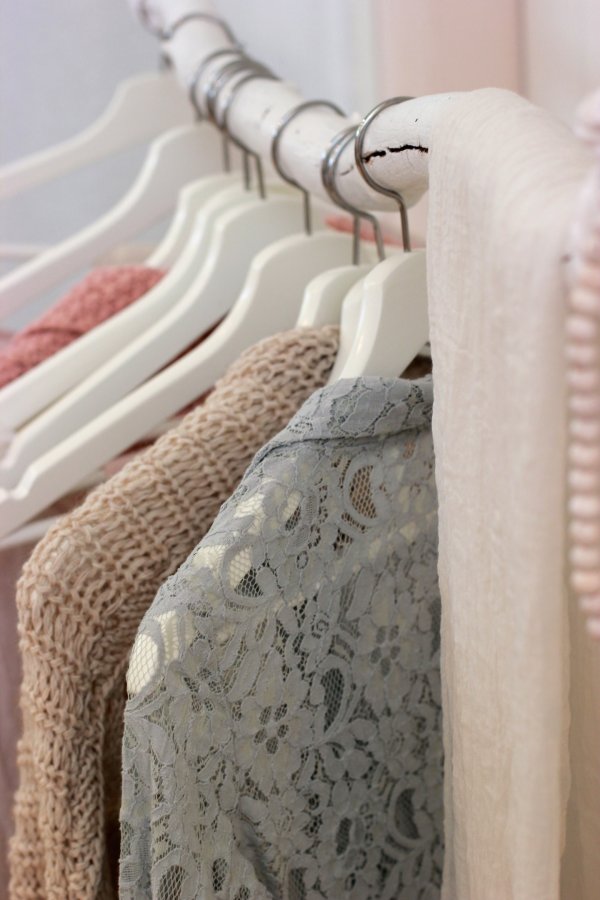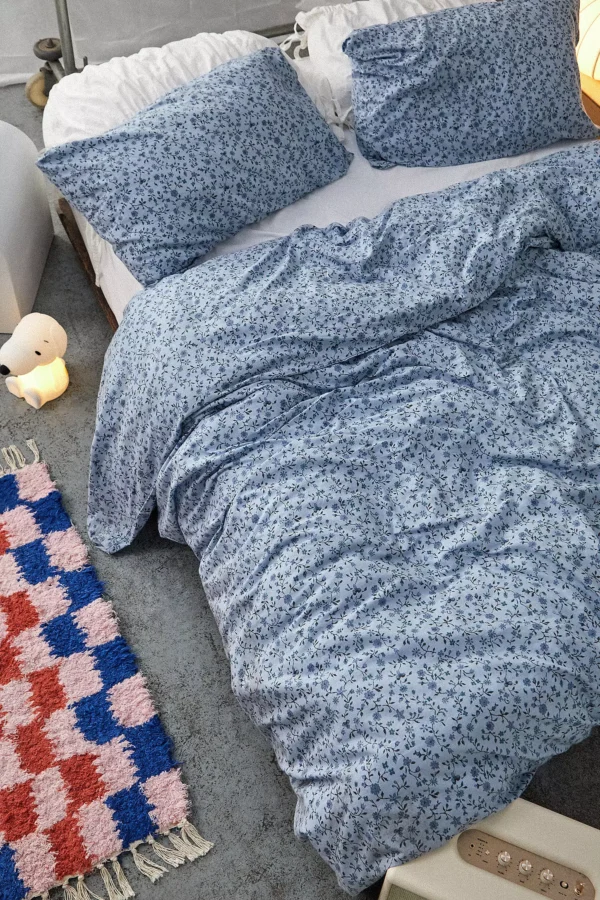
Will Your Wardrobe Look Like This in 2027?

The retail sector is not dying, it’s transforming. Per the 2018 Resale Report by ThredUP, consumers are shopping smarter. The modern shopper has a choice between shopping traditional retail or trying new, innovative business models. This has led to an increase in new apparel experiences and brands; emerging at a record rate.
It’s thought resale (the sale of an item previously bought) is leading the charge, but it isn’t alone. There is retail rental, clothing subscription services, direct-to-consumer and off-price outlets; not to mention value chains and fast fashion.
Utilising ThredUP’s report, British online marketplace OnBuy.com discovered what the wardrobe of the future is predicted to look like in the year 2027.

OnBuy found Off-Price (think TK Maxx and outlets like Bicester Village) will fill our wardrobes at 18%. Revealing future savvy shoppers won’t be afraid to treasure hunt for quality.
Next is Mid-Priced Speciality (the likes of Oliver Bonas, Reiss, Coast) at 14%. Future consumers won’t shy away from higher value retail, particularly when it comes to investment pieces and staples.
Resale (eBay) and Direct-to-Consumer (ASOS) are predicted to represent 11% apiece by 2027. Whereas Fast Fashion (Topshop, H&M, Zara etc.), Value Chains (supermarket clothing ranges are a fine example) and Department Stores such as John Lewis, will each hold 10% of our wardrobe space over the next decade.
Lastly, new innovations such as Amazon fashion and beauty (4%) and Subscription and Rental services like Girl Meets Dress or Wear the Walk (2%) will no doubt continue to grow in popularity, as the modern shopper continues to adapt to the changing world of retail.
Cas Paton, managing director of OnBuy.com, comments:
“It’s so important to stress that retail is not dying, despite what is reported daily in the news. It is changing rapidly, there is no doubt about that. But I believe it is taking its natural course.
“Moreover, it’s exciting to consider what the wardrobe of the future will hold! It presents an exciting opportunity for consumers to trial new apparel experiences to find what suits them. Plus, it allows a variety of brands to be discovered, making retail abundant not limited.”













































